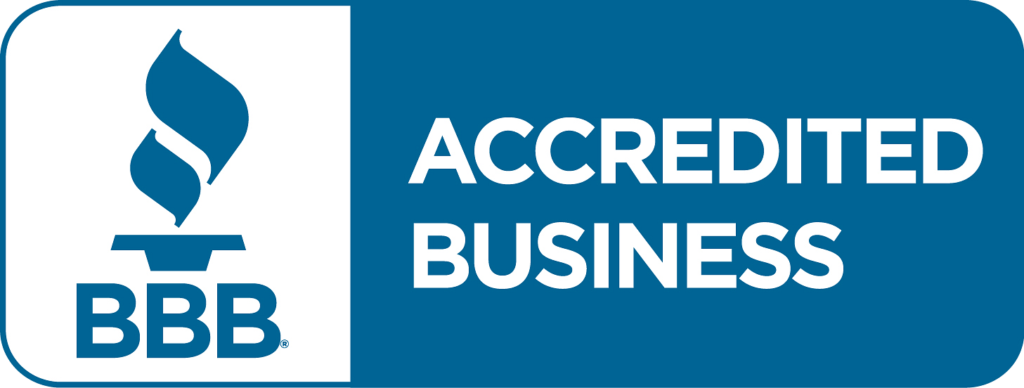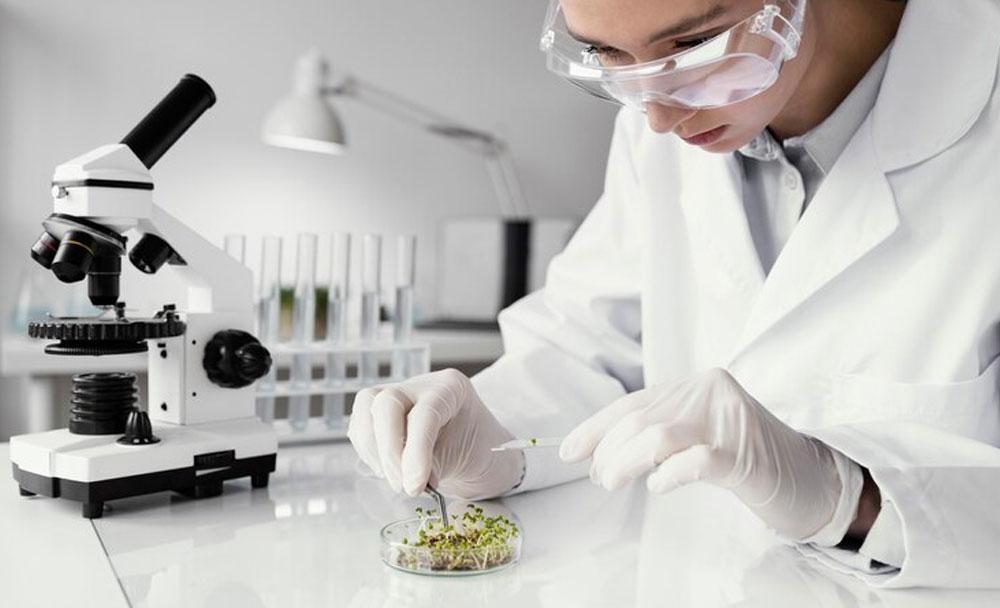In this series of five blogs, I will feature the approaches for drafting biotechnology and software patents. These strategies will assist you in writing biotechnology, pharmaceutical, biology patents, life sciences, software, and computer patents. First, I need to explain the background patent law so you can best understand the strategies. This introduction includes the Supreme Court landmark decisions, recent case law, and USPTO guidance. The patent law detailed relates to the patentable subject matter and state of this patent law. Although much is shared between biotechnology, life-sciences patents, and computer-, software-related patents, my focus here is biotechnology, pharmaceutical, and diagnostic patents. In the last segment of this series, I will discuss implications for software patents.
SUPREME COURT LANDMARK DECISIONS
For inventions to get patent protection, the invention must meet legal requirements. One such legal requirement is the patentable subject matter or patent eligibility and is mandated by Section 101 of the Patent Act. This section states:
“Whoever invents or discovers any new and useful process, the machine, manufacture, or composition of matter, or any new and useful improvement thereof, may obtain a patent therefor, subject to the conditions and requirements of this title.” (July 19, 1952, ch. 950, 66 Stat. 797.).
In other words, inventions must be either the machine or device, processes or method, a manufactured product, or a composite of chemicals, or a mechanical mixture of two or more elements to be patent-eligible. Typically, a patentable invention may fall into one or more of these categories. In addition, the invention must be new or novel, have a utility or be useful, and be inventive or non-obvious to qualify for patent protection according to this section 101. Thus, to rephrase in plain English, an invention must meet all these requirements to become qualified for a patent grant.
Courts have created three major exceptional categories: natural phenomena, laws of nature, and abstract ideas. Examples of natural phenomena are minerals, naturally occurring plants, for laws of nature are laws of gravity, electromagnetism, and abstract ideas are simple methods of doing business. The courts have repeatedly emphasized that these exceptions are narrow and inventions that apply these categories can be patentable. In fact, before 2010, both courts and the Patent Office (the USPTO) rarely invalidated an issued patent or rejected a pending application, respectively, based on patentable subject matter eligibility. However, novelty and nonobviousness were significant reasons for patent rejections. The circumstances changed over the past decade primarily due to decisions of the U. S. Supreme Court. Four such decisions addressing patentable subject matter were issued by the United States Supreme Court starting in 2010. In each instance, the Court concluded that the invention was unpatentable due to patentable subject matter.

The four cases were:
- Bilski v. Kappos, regarding a business method;
- Mayo Collaborative Services v. Prometheus Laboratories, considering a method of medical diagnosis;
- Association for Molecular Pathology v. Myriad Genetics, addressing human genes; and
- Alice Corp. v. C.L.S. Bank, relating to computer software.
Additionally, in 2011, the Leahy-Smith America Invents Act (AIA), PL 112- 29, also stipulated that “no patent may issue on a claim directed to or encompassing a human organism.” Consequently, three of these five instances negatively impacted the patentability subject matter eligibility of the biotech, pharma, life sciences, and diagnostic methods.
The first of these Supreme Court decisions pertaining to biotechnology, pharma, life sciences subject matter eligibility was Mayo v. Prometheus (2012). Prometheus’ patent on a method for adjusting the dose of an autoimmune drug by correlating dosing with metabolite levels and efficacy and toxicity.
The process claim 1 of U. S. Patent No. 6,355,623 was significant as below:
1) A method of optimizing therapeutic efficacy for treatment of an immune-mediated gastrointestinal disorder, comprising:
(a) administering a drug providing 6-thioguanine to a subject having said immune-mediated gastrointestinal disorder; and
(b) determining the level of 6-thioguanine in said subject having said immune-mediated gastrointestinal disorder, wherein the level of 6-thioguanine less than about 230 pmol per 8×108 red blood cells indicates a need to increase the amount of said drug subsequently administered to said subject and wherein the level of 6-thioguanine greater than about 400 pmol per 8×108 red blood cells indicates a need to decrease the amount of said drug subsequently administered to said subject.
The Court considered the claim to be three parts, “administering” step, “determining” step, and “wherein” step. According to the Court the three parts were not inventive separately and together, stating: “these additional steps are not themselves natural laws but neither are they sufficient to transform the nature of the claim.” Id., at 9
The Court concluded that the “administering” step was the process; the “determining” step informed the physician to determine the blood levels of the metabolites by a method of their choosing. Finally, the “wherein” clauses suggest the physicians about the natural laws, the mathematical correlation between the drug metabolite blood concentration, and the drug toxicity. In other words, all the elements of the claim together suggest that a doctor should consider the law or the mathematical relationship when treating their patients. The Court further added, “scientists routinely measured metabolites as part of their investigations into the relationships between metabolite levels and efficacy and toxicity of thiopurine compounds…..That is to say, these clauses tell the relevant audience about the laws while trusting them to use those laws appropriately where they are relevant to their decision making.” Id., at 10.
In summary, the Court decided that claim 1 was no more than a mathematical equation. In fact, they compared the above claim to Einstein’s equation and stated: “[He] could not have patented his famous law by claiming a process consisting of simply telling linear accelerator operators to refer to the law to determine how much energy an amount of mass has produced (or vice versa).” Id., at 9. Thus, Supreme Court found that the correlation was a law of nature and adjusting autoimmune drug dose as nothing beyond “well understood, routine, conventional activity.”
Next came AMP v. Myriad Genetics (2013), where the Court decided that genes isolated from the human body are ineligible patent subject matter because they’re products of nature. Myriad Genetics had obtained patents for isolating the BRCA1 and BRCA2 genes and identifying a significant mutation linked to breast cancer in women. Myriad then synthesized complementary DNA, or cDNA, and utilized these cDNAs for breast cancer diagnostic methods. The court explained:
“It is important to note what is not implicated by this decision. First, there are no method claims before this Court. Had Myriad created an innovative method of manipulating genes while searching for the BRCA1 and BRCA2 genes, it could possibly have sought a method patent. But the processes used by Myriad to isolate DNA were well understood by geneticists at the time of Myriad’s patents.”Id.
The third case that has impacted the biotechnology patents was Alice Corp. v. CLS. Bank. In this case, the Court found that the concept of a third-party intermediary is an abstract idea, and merely executing the idea on a generic computer is not patentable subject matter eligible. As a result, the Court invalidated a method patent for using a computer system as an intermediary to monitor the parties’ performance to a financial exchange transaction. According to the Court, an abstract idea is not patent-eligible subject matter, and invention had to offer “something more.” However, the Court did not shed any light and explain what “something more” might be, causing much ambiguity.

Due to the Supreme Court decision for Mayo, Myriad, and Alice, lower courts found several biotechs, pharma, diagnostic-method patents invalid, for example, Myriad Genetics, Sequenom, Genetic Technologies, Cleveland Clinic Foundation, etc. In 2014 Myriad Genetics went back to Court. Still, their patents for BRCA diagnostic methods were ruled invalid because the Court decided that their patents were created on the abstract idea of comparing a patient’s genes to baseline genes. But, again, the Court decided that methods were well-understood, routine, and conventional. Because DNAs are considered natural phenomena and can’t be patented, a Federal Circuit panel invalidated Sequenom’s patent for prenatal gender tests based on fetal DNA analysis. Moreover, the Court concluded that the technologies used to prepare and amplify DNA from maternal blood were well-understood, routine, conventional. Therefore, these technologies did not add “something more” to make the subject matter patent-eligible.
Similarly, the district court invalidated the method patent of Genetic Technologies to analyze genomic DNA sequences because the patent was “directed to a natural law” and added nothing more. Likewise, Court invalidated Cleveland Clinic Foundation’s four patents because the Court established that the patents were based on natural laws. The parents disclosed the methods of diagnosing the presence of myeloperoxidase as an identifier/marker of cardiovascular disease. The technological methods used to identity myeloperoxidase were colorimetric-based assay, flow cytometry, and enzyme-linked immunosorbent assay (“ELISA”). These methods were well-understood, routine, and conventional at the time of the patent filings. Since these technologies did not add “something more,” the subject matter remained patent-ineligible—the ambiguity surrounding “something more” remains.
In the next blog, I will detail how the recent case law changed and the state of litigation and invalidation of biotechnology, diagnostics, pharma, and life-sciences patents based on Section 101?




